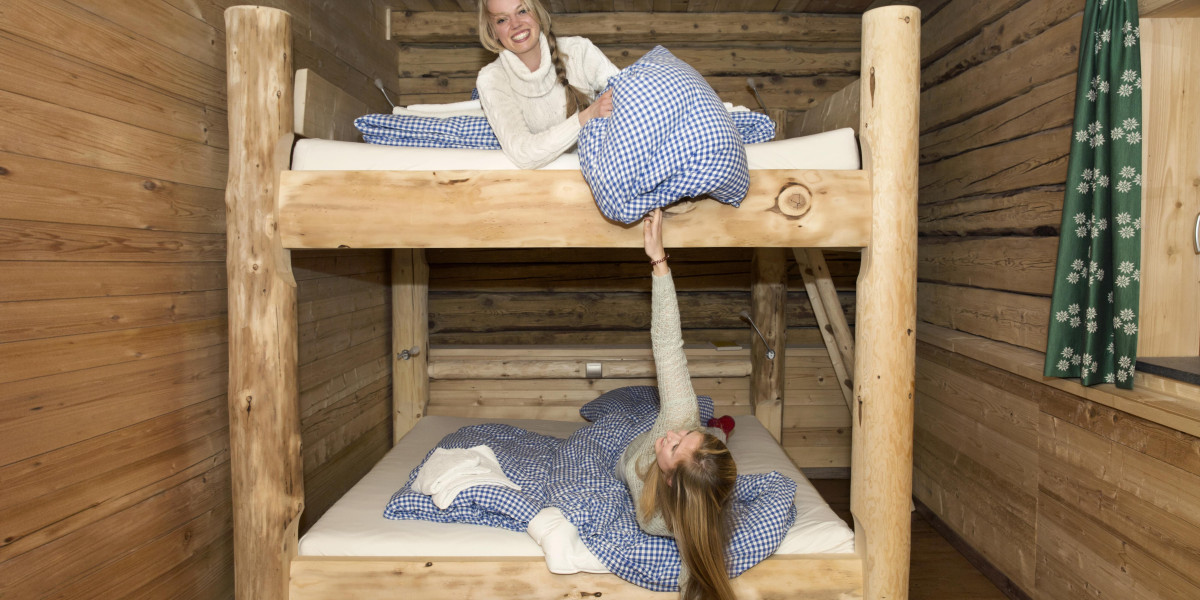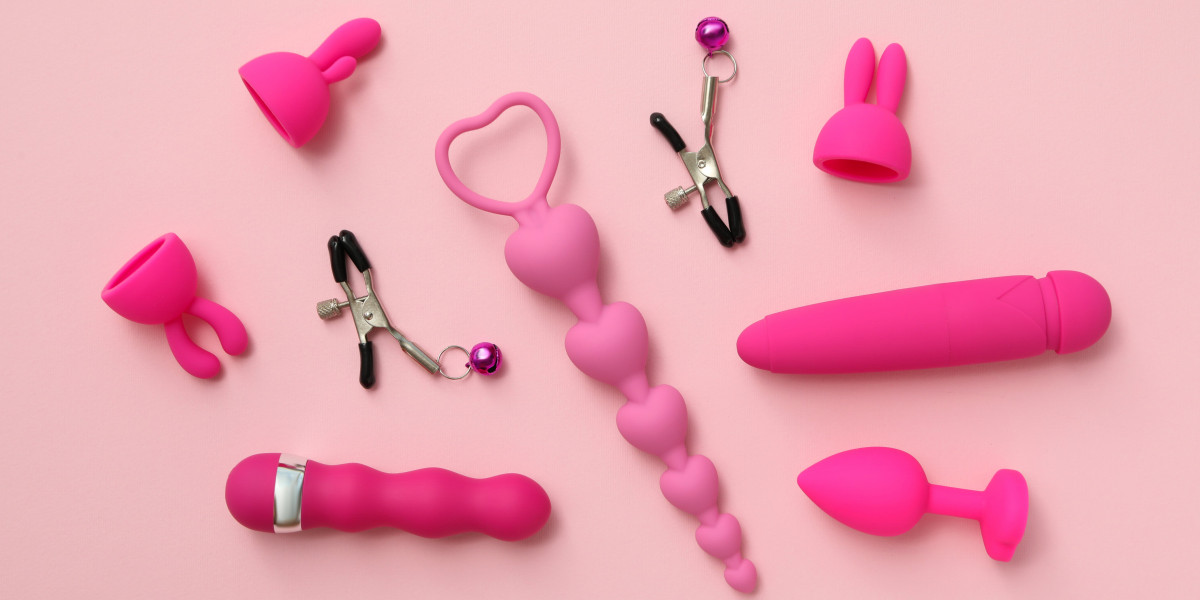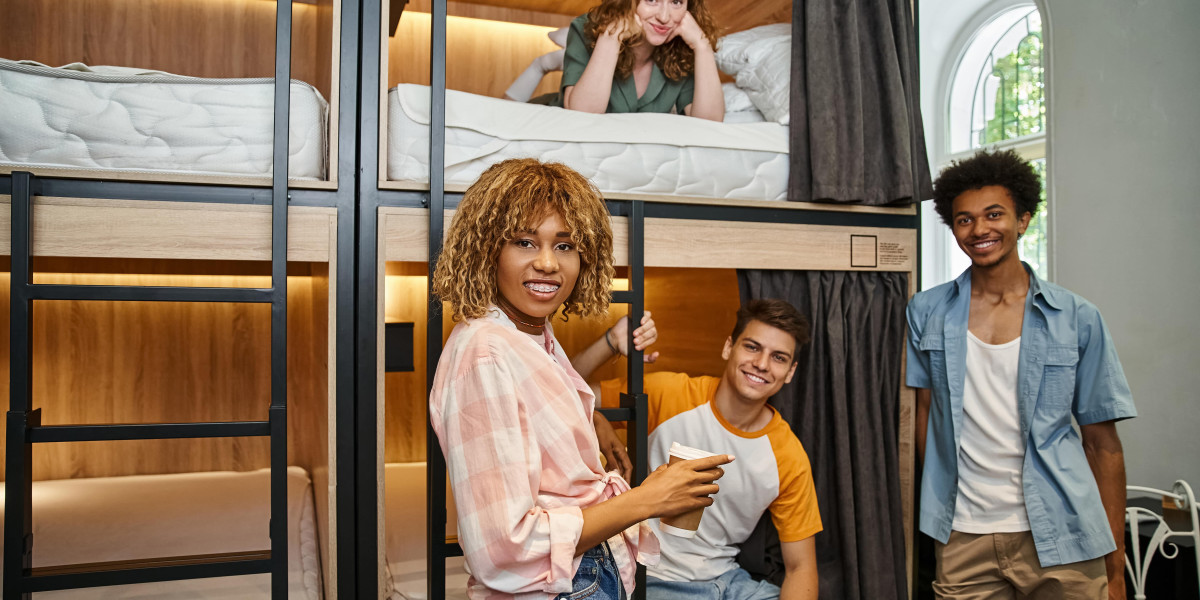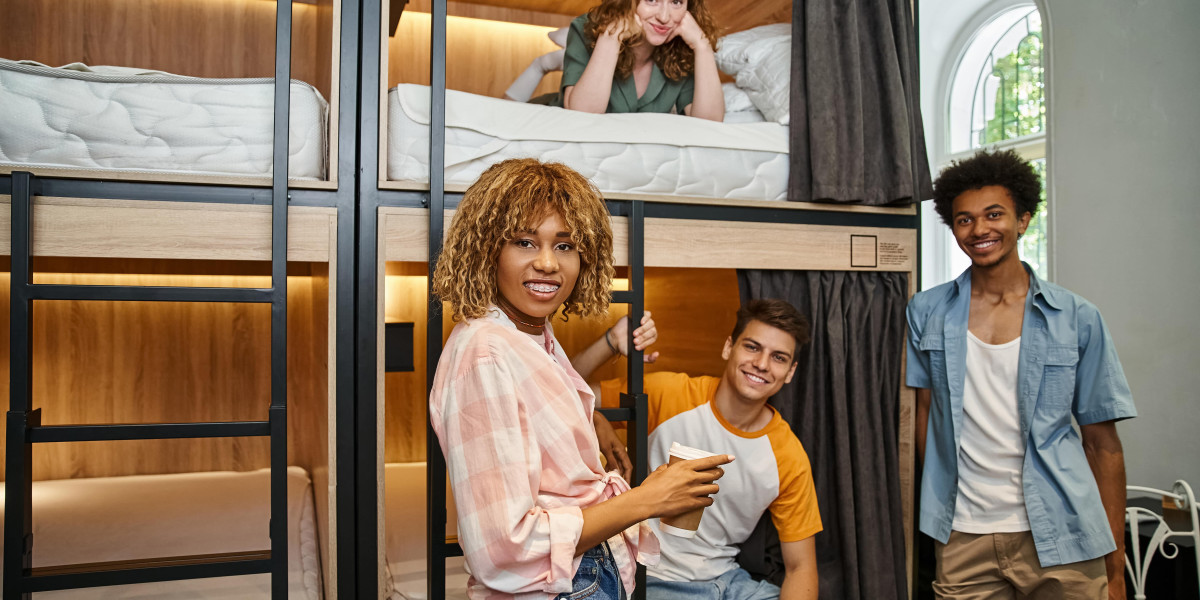
The Ultimate Guide to Bunk Beds for Children: Safety, Styles, and Benefits
When it concerns styling a child's space, parents frequently deal with the dual difficulty of taking full advantage of space while making sure convenience and performance. Bunk beds have become a popular solution that addresses these needs, providing not just sleeping arrangements but also adding to a space's aesthetic. In this thorough guide, we will look into different aspects of kids's bunk beds, concentrating on their advantages, safety functions, styles, and factors to consider for moms and dads considering this purchase.
Tabulation
- Benefits of Bunk Beds
- Security Features to Consider
- Types of Bunk Beds
- Style and Style Options
- Upkeep Tips
- Frequently Asked Questions (FAQs)
1. Advantages of Bunk Beds
Bunk beds use various benefits for kids and their moms and dads. Here are some key advantages:
Space-Efficiency: Bunk beds are an excellent service for smaller spaces. By stacking one bed on top of another, more floor space is available for play, storage, or study locations.
Cost-efficient: When children share rooms, bunk beds can reduce the need for acquiring two separate beds, therefore saving money.
Promotes Social Interaction: Bunk beds can assist brother or sisters or buddies bond by sharing a space, developing opportunities for social development.
Fun Factor: The principle of sleeping "up high" adds a playful aspect to bedtime, making the shift to sleeping alone simpler for some kids.
Versatile Design: Bunk beds are available in different styles, colors, and develops to match any room style, enabling personalization that reflects the kid's character.
2. Safety Features to Consider
Safety is vital when it comes to kids's furnishings, particularly in the case of bunk beds. Here are some important security features to evaluate:
| Safety Feature | Description |
|---|---|
| Sturdy Construction | Frames made of strong wood or metal are preferred. |
| Guardrails | Need to be at least 5 inches high and extend along both sides of the upper bunk. |
| Ladder Design | Ensure ladders are safely connected and have non-slip actions. |
| Mattress Size & & Fit | Need to fit comfortably within the frame to avoid spaces. |
| Weight Limit | Constantly follow the producer's weight limitation recommendations. |
3. Kinds Of Bunk Beds
Bunk beds are available in a number of designs, catering to various needs, choices, and space sizes. Here are some common types:
Standard Bunk Bed: The most fundamental type, with one bed on top of another.
Loft Bed: Features a high upper bed with space underneath for a desk or play area.
Futon Bunk Bed: Combines a leading bunk with a futon on the bottom, supplying versatility for seating and sleeping.
L-Shaped Bunk Bed: This style has the top bunk set at a perpendicular angle to the bottom, producing a small corner area.
Triple Bunk Bed: Accommodates three kids utilizing stacked beds, perfect for large families or pajama parties.
4. Style and Style Options
When it comes to picking a style for children's bunk beds, the options are essentially limitless. Here are some popular styles:
Traditional Style: Often made from wood, these bunk beds feature elaborate details and are ideal for classic or rustic-themed rooms.
Modern Style: Characterized by tidy lines and minimalist designs, contemporary bunk beds can be made of metal or wood.
Themed Bunk Beds: Some brands use bunk beds shaped like castles, automobiles, or play houses, making bedtime less of a task.
Convertible Bunk Beds: These can be separated into 2 specific beds, providing flexibility as children grow.
Colorful Options: Bunk beds in lively colors can add a sense of happiness and playfulness to any room.
5. Maintenance Tips
Maintaining a bunk bed is essential for longevity and security. Here are some suggestions:
Regular Inspections: Check for loose screws or bolts every couple of months and tighten them as required.
Cleaning up: Wipe down frames regularly to prevent dust accumulation; consider using a vacuum for hard-to-reach areas.
Mattress Care: Rotate mattresses routinely and utilize protective covers to lengthen their life.
Expect Wear and Tear: Look for any signs of damage in the wood or metal and consider replacing parts if required.
Teach Kids Safety Rules: Encourage children to use ladders properly and guarantee they comprehend the safety features of their bed.
6. Often Asked Questions (FAQs)
Q1: What age is proper for oversleeping a top bunk?
A1: Typically, children aged 6 and older are suggested for upper bunk sleeping, as they have the essential motor skills to climb safely.
Q2: Do bunk beds include a mattress?
A2: Most bunk beds are offered as frames only, so you will need to purchase bed mattress individually. Make sure that the mattress fits the frame comfortably.
Q3: Can bunk beds be separated later?
A3: Many designs allow conversion into 2 private beds, supplying flexibility for future needs.
Q4: How can I ensure my kid's safety on a bunk bed?
A4: Comply with security standards and make sure guardrails, a sturdy frame, and a secured ladder are in place.
Q5: Are there weight limitations on bunk beds?
A5: Yes, always examine the producer's specifications regarding weight limits to ensure safety.
Bunk beds for children can serve several purposes while ensuring security and design. With varied designs and designs offered on the market, parents can find an unit that not only maximizes bedroom space but also reflects their child's distinct tastes. Just like any furnishings, understanding safety functions, upkeep, and how they fit into a child's lifestyle will ensure that these beds stay a useful furnishings option for years to come.
Through careful consideration and adherence to safety guidelines, bunk beds Children's beds can offer a long-lasting, enjoyable, and practical sleeping service that children love.



